Hydraulic Baling Presses: Compression Technology Promotes Sustainability and Recycling
Hydraulic baling presses, also known as balers, are machines used to compress loose materials into compact bales through the application of hydraulic force. This process makes it easier and more efficient to handle, transport, and store these materials.
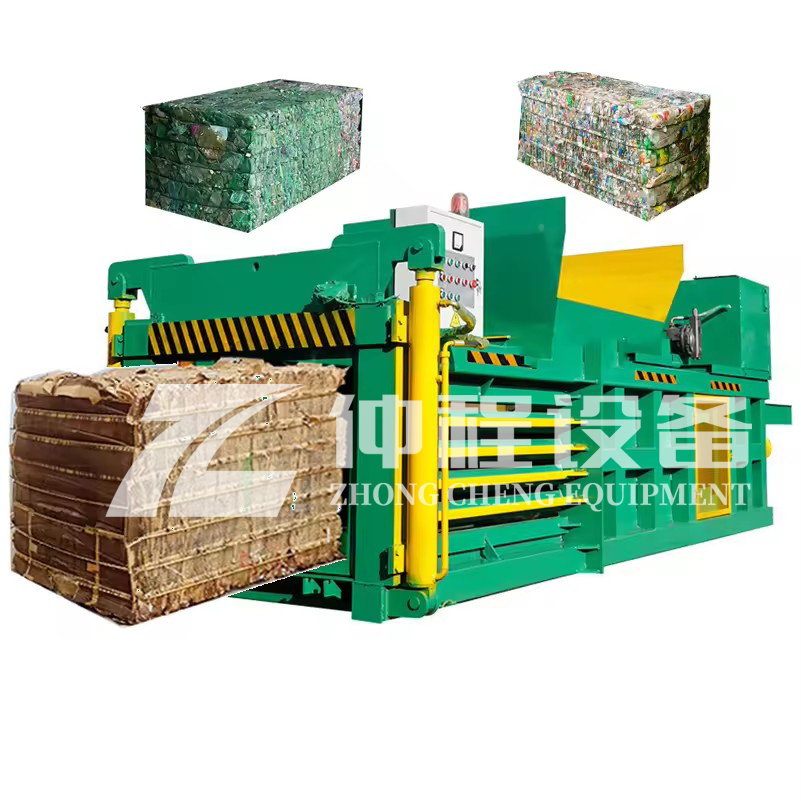
Working Principle
The working principle of a hydraulic baling machine involves several key steps:
- Feeding: The material to be compressed is fed into the machine.
- Compression: Hydraulic rams exert immense pressure to compress the material into a tight block or bale.
- Baling: Once the desired density is achieved, the compressed material is tied off with wire, strapping, or another binding material to maintain its shape.
Ejection: The bale is then ejected from the machine, ready for storage or transportation.
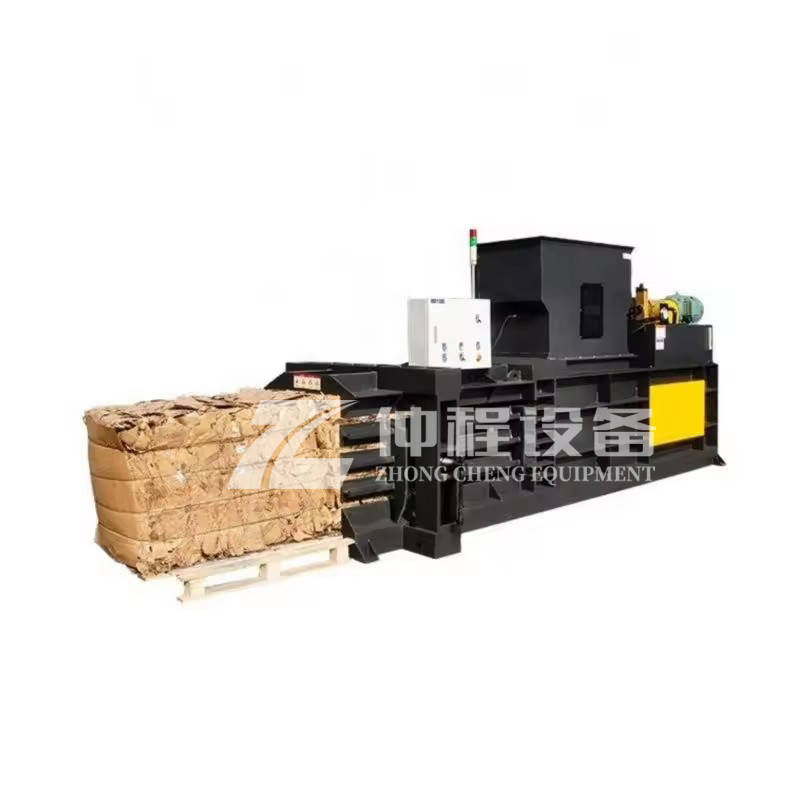
Features
- Efficiency: They significantly reduce the volume of materials, making storage and transportation more efficient.
- Versatility: They can handle a variety of materials including paper, cardboard, textiles, plastics, and metal.
- Safety: They often include safety features such as protective guards and emergency stop buttons.
- Automation: Many models feature automatic operation, reducing the need for manual intervention.
Customization: They can be designed according to the specific needs of the user, with options like different sizes, bale weights, and compression forces.
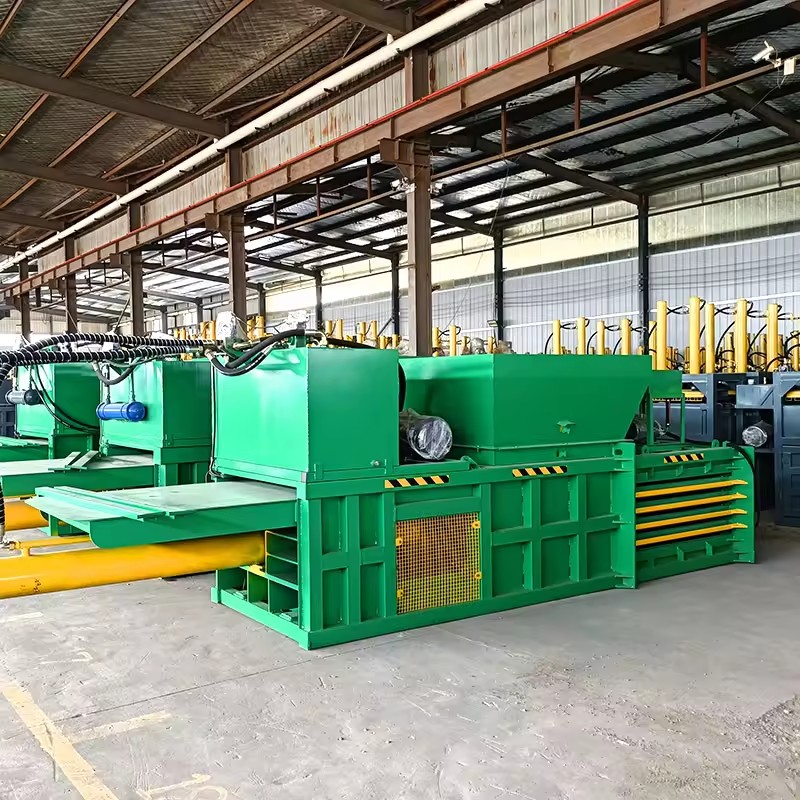
Industries
Hydraulic baling presses find applications in numerous industries, particularly those dealing with waste management and recycling. Some of the industries where they are commonly used include:
- Recycling Plants: For processing recyclable materials like plastic bottles, aluminum cans, and paper products.
- Agriculture: For compressing hay, straw, and other crop residues.
- Manufacturing: In industries that generate large volumes of scrap materials, such as textiles, plastics, and metals.
Waste Management: For managing municipal solid waste, construction debris, and industrial waste.
Specification
Hydraulic baling presses play a crucial role in promoting sustainability by facilitating the recycling and reuse of materials while also helping companies manage their waste more effectively.
-
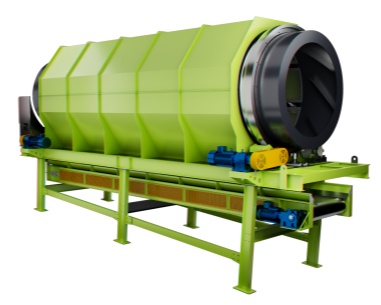 Trommel screenTrommel screen, also known as drum screens, are widely used in various industries for sorting and separating materials.Get Quote
Trommel screenTrommel screen, also known as drum screens, are widely used in various industries for sorting and separating materials.Get Quote -
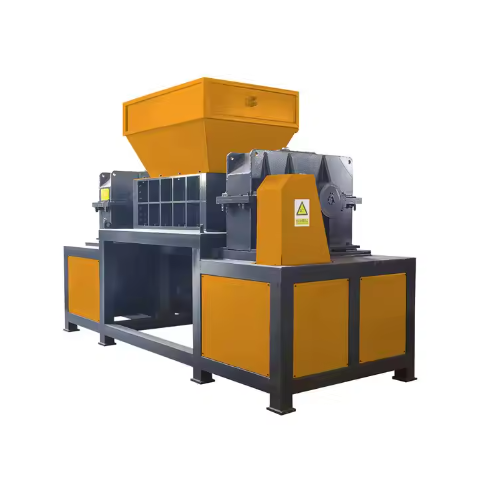 Crop straw double shaft shreddApplications:Biomass Energy Production: Shredded straw can be used as a feedstock for bioenergy plants to produce electricity or heat.Livestock Feed: Reduced-si...Get Quote
Crop straw double shaft shreddApplications:Biomass Energy Production: Shredded straw can be used as a feedstock for bioenergy plants to produce electricity or heat.Livestock Feed: Reduced-si...Get Quote -
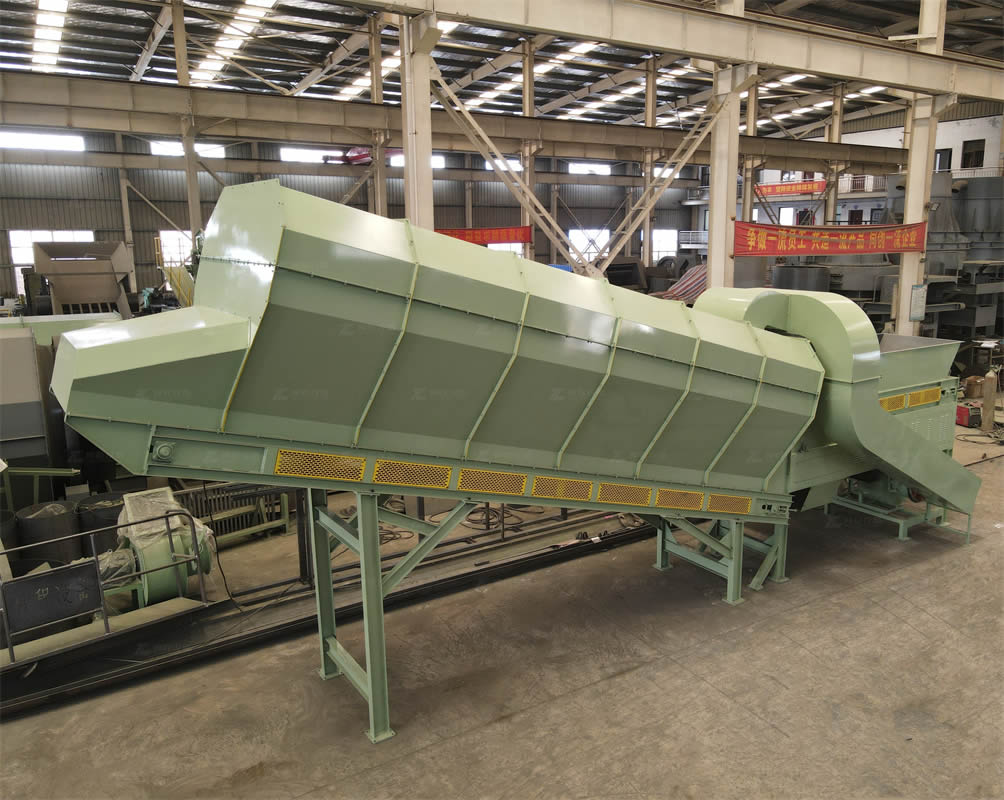 Zhongcheng Air Drum SeparatorAir drum separators effectively separate lightweight materials (e.g., plastics, paper) from heavier materials (e.g., metals, glass). This high efficiency is cru...Get Quote
Zhongcheng Air Drum SeparatorAir drum separators effectively separate lightweight materials (e.g., plastics, paper) from heavier materials (e.g., metals, glass). This high efficiency is cru...Get Quote
-
2024-08-22Medical waste shredderWorking Principle:Feeding Mechanism: Medical waste is fed into the shredder through a hopper or chute. The feeding mechanism ensures that the waste is introduce...
-
2024-06-08Solutions for Jaw Crusher ProblemsJaw crusher is widely used in mining, smelting, building materials, highways, railways, water conservancy and chemical industries. The maximum compressive stren...
-
2023-01-13Bag OpenerBag opener or bag opener system is a mechanical device used to automatically open and empty bags containing bulk materials. This system is commonly used in indu...
-
2024-07-10msw trommel screen for waste recycling machineThis equipment is suitable for the particle classification process in all walks of life:The equipment is simple, easy to operate,and can be operated with a larg...
-
2024-05-29Landfill stale garbage screening projectAfter communicating with our domestic customers in Shandong Province, we learned that he needed to dispose of the garbage in the landfill through excavation, sc...



